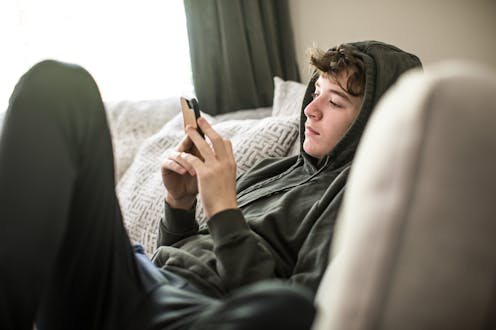

Authors: David Rosenberg, Professor of Psychiatry and Neuroscience, Wayne State University
Read more


